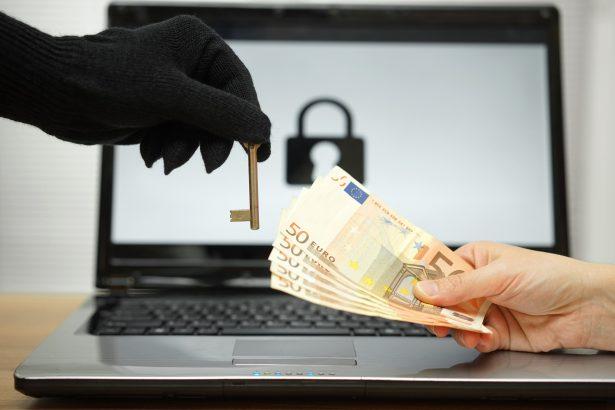In the realm of cybersecurity, the increasing prevalence of ransomware has become a significant concern for Windows operating system users. The Abyss virus, identified by the .abyss file extension, is a malicious ransomware that encrypts user files, adding the .abyss extension, and demands payment for file restoration. This article aims to delve into the actions and consequences of the Abyss virus, its impact on user data, and provide an extensive guide for removal and prevention.
Abyss Virus – Details
The Abyss virus operates as a type of ransomware, specifically categorized as a cryptovirus. It encrypts user files, rendering them inaccessible, and appends the .abyss extension to each encrypted file. Victims are then presented with a ransom note, commonly named readme.txt, demanding payment in exchange for the decryption key.
- File Extension: .abyss
- Type: Ransomware, Cryptovirus
- Ransom Demanding Note: readme.txt
- Removal Time: 5 Minutes
Abyss Virus – How Did I Get It?
The Abyss virus typically infiltrates systems by exploiting vulnerabilities in software or the operating system. Common entry points for this ransomware include:
- Malicious Links and Email Attachments: Clicking on malicious links or opening compromised email attachments are common methods of entry for the Abyss virus.
- Dubious Software Downloads: Downloading and installing software from untrustworthy or dubious websites may expose users to the risk of Abyss infection.
Actions of the Abyss Virus
Upon successfully infiltrating a system, the Abyss ransomware executes the following actions:
- Payload Embedding: The virus embeds its harmful payload into crucial system folders, including %Local%, %Temp%, %Windows%, %SystemDrive%, %LocalLow%, %AppData%, %System%, and %system32%.
- Ransom Demand: Victims receive a ransom demand within a note, typically named readme.txt, outlining the payment required for file restoration.
- Registry Modifications: The ransomware may make changes to the system’s registry keys, specifically within the Windows Run and RunOnce entries, ensuring its persistence and continuous operations.
Decrypting .abyss Files:
As of now, there is no publicly available decryption tool for files encrypted by the Abyss virus. Paying the ransom is strongly discouraged, as it does not guarantee the recovery of files and may support criminal activities. Victims are advised to explore alternative recovery methods, such as file backups or seek professional assistance.
Best Practices for Prevention
To mitigate the risk of Abyss and similar threats, users are urged to adopt the following best practices:
- Regular Backups: Maintain regular backups of important files on external devices or secure cloud storage to facilitate data recovery in case of ransomware attacks.
- Update Software and OS: Keep operating systems and software up-to-date to patch vulnerabilities that ransomware may exploit for infiltration.
- Exercise Caution Online: Avoid clicking on suspicious links, opening unsolicited email attachments, and downloading software from untrustworthy sources.
- Security Software: Employ reputable antivirus and anti-malware solutions, ensuring they are regularly updated for real-time protection against emerging threats.
- User Awareness: Educate users on recognizing phishing attempts, social engineering tactics, and the importance of cybersecurity hygiene.
Conclusion
The Abyss ransomware poses a severe threat to user data, emphasizing the need for proactive measures in both removal and prevention. By understanding the actions and consequences of this malware and implementing best practices, users can safeguard their systems and data against the evolving landscape of ransomware attacks. Remember, prevention is key to maintaining a secure digital environment.




